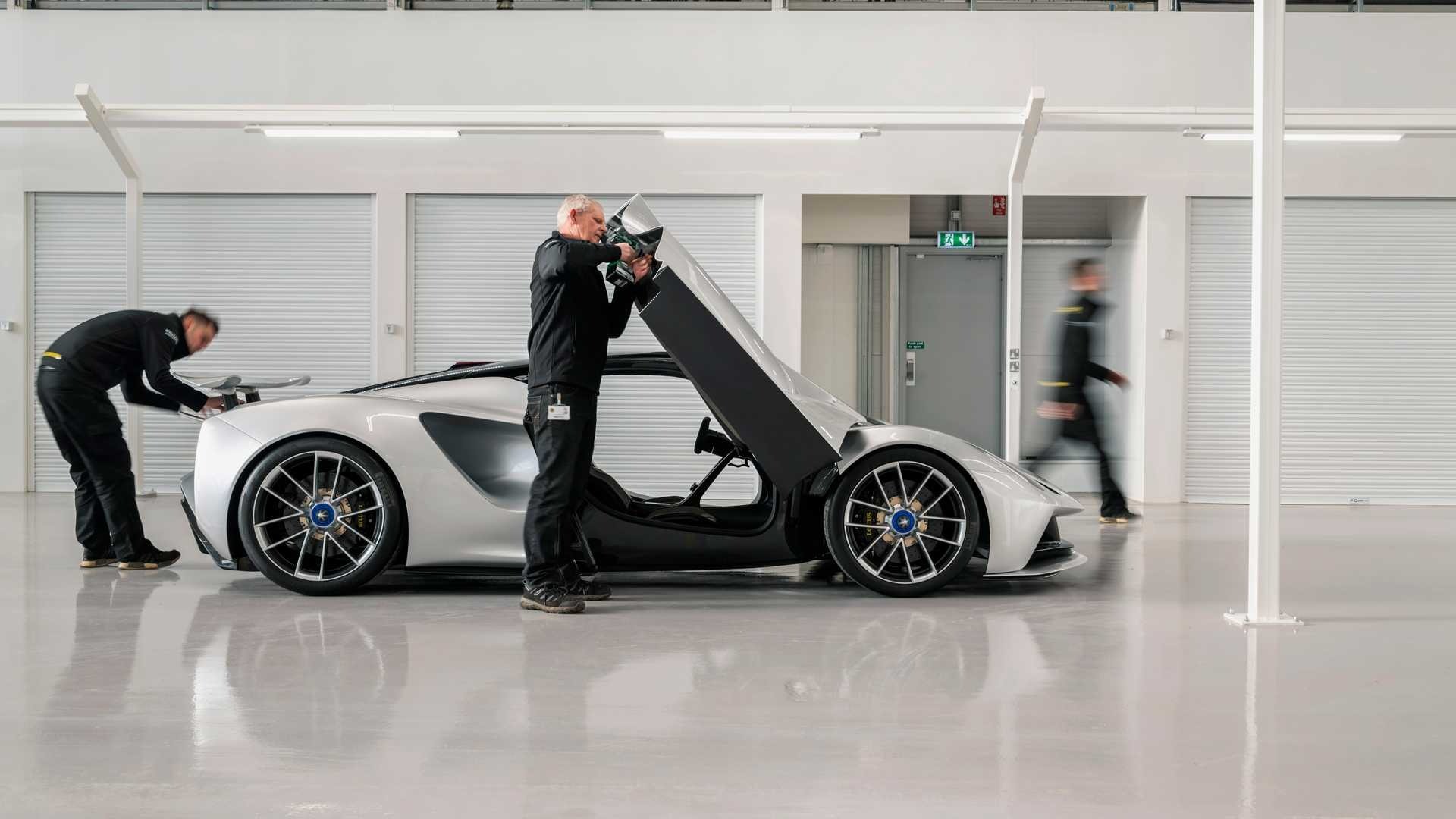Captain Slow Takes a Peek at The Electric Hypercar Of the Future
Sure, James May is affectionately known as Captain Slow. However, aside from his love for the Rolls-Royce Corniche...

Captain Slow Takes a Peek at The Electric Hypercar Of the Future
Sure, James May is affectionately known as Captain Slow. However, aside from his love for the Rolls-Royce Corniche and playing the piano, he’s a bit of an automotive hipster. As such, DriveTribe’s latest video shows May taking a detailed look at the all-electric Lotus Evija hypercar.
You’ll likely know by now that it makes 2,000 horsepower (1,491.4 kilowatts) thanks to an electric motor at each corner. Lotus was unsurprisingly tight-lipped about acceleration figures, but the Grand Tour presenter did reveal that he was told it could sprint to 60 mph (96.5 km/h) in considerably less than three seconds, and 180 mph (289.6 km/h) in less than nine seconds.
Aside from its bonkers performance figures, there’s an equal amount of clever engineering going on under the skin. Interestingly, as each wheel of the Evija has its own electric motor, the best place for the battery pack is actually behind the driver where you’d expect it in a normal supercar or hypercar. Placing the batteries under the floor – as you’d expect in more pedestrian EVs – wouldn't actually provide optimal weight distribution.
Unfortunately, even with James’ amusing callsign, he can’t actually drive the Evija. Most notably, because it’s a show car, but also we’d wager that electric hypercar manufacturers would exercise a bit of caution after Richard Hammond’s excursion down a Swiss mountainside.
Regardless of your opinions on electric performance vehicles, it’s impossible to argue with the performance they have on tap. As Captain Slow said himself, the Evija produces its insane numbers while essentially having the same wheelbase as a Ferrari 458; we can’t imagine the amount of space you’d need for the equivalent internal combustion engine.
Only 130 examples will be built, and they’ve likely all been sold – each for £2.2 million ($2.7 million) – but that’s clearly a small price to pay for a glimpse into the future.